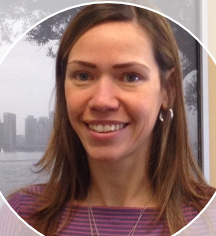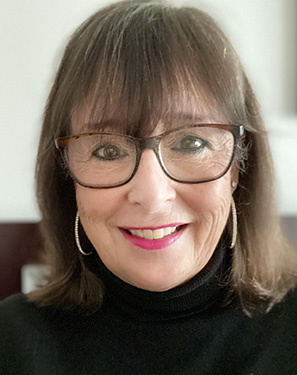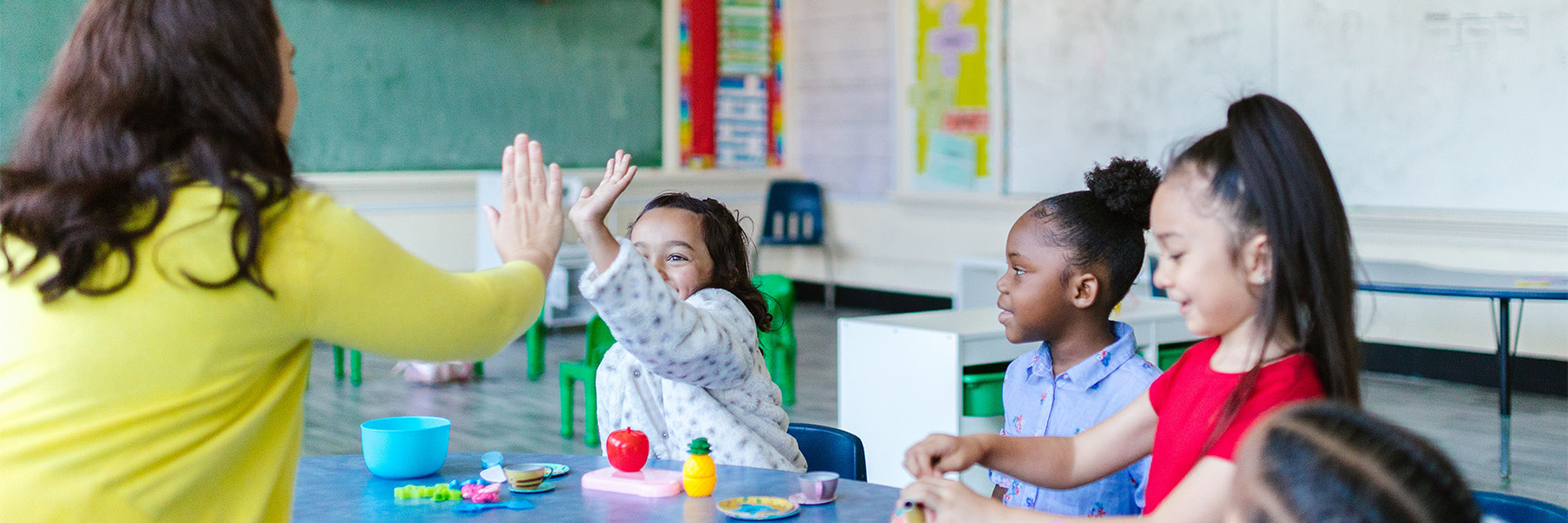Gissela Avila, an undergraduate student in the Faculty of Education at York University, talks about the enormous benefits offered by her community placement. For Avila, it was the joy found in the unexpected that affirmed her passion for teaching.
By Elaine Smith
Doing a community placement with the Wadoka Academy, a North York martial arts training school for children, is a joy for Gissela Avila; she’s a future teacher learning from a different type of teacher: a sensei, or karate master.
“Never in a million years would I have connected education with karate, but the academy’s founder, Colin Ninvalle, designed his programs to aid mental health; they are calming and help children with tempers and behaviour regulation,” said Avila, a third-year Bachelor of Arts (BA) Educational Studies student.
Because the pandemic originally interrupted classes, Avila began by tutoring one of the students and his mother in English. Now, as the restrictions relax, she is working with a team to create a social media campaign for the academy, giving her the opportunity to learn social media marketing skills.
“I’m really excited about it,” she said. “I know it’s something I can use for my future.”
Avila is one of the education students lucky enough to have a placement during the pandemic as part of her Educational Studies (EDST) 3999 course, Experience, Inquire, Contribute. Usually, community placements are built into the Bachelor of Education (BEd) first-year curriculum as a way of familiarizing future teachers with the contributions communities make to learning; they are also required for BA Educational Studies students in their third or fourth years to allow them to explore education in community contexts.
During this academic year, third-year BA Educational Studies students have engaged with community partners. The placements for Educational Studies students are part of a year-long course and they generally work with their placement organizations weekly from September through April. The first-year BEd students usually work with community organizations once a week, assisting with programs that take place after school or on weekends.
First-year BEd community placements facilitate connection between communities and their schools. Community partnerships are at the center of developing holistic and asset-based approaches in teaching and education.

“Future teachers learn the importance of building relationships and engaging with community. These relationships help facilitate meaningful connections that support culturally relevant and responsive pedagogy in the classroom,” said Lindsay LaMorre, associate director, experiential education in the Faculty of Education.
Community partnerships offer excellent resources and support for students and their families. For students in the educational studies program, it’s an opportunity to put theory into practice while enhancing workplace skills and building networks.
“Teaching skills can be transferred to so many different settings,” LaMorre said, citing colleague Faculty of Education Professor Celia Popovic’s capstone course as another way of introducing students to these opportunities. “Our students choose to participate in quite a range of opportunities and programs with a variety of amazing community organizations.”
The list of opportunities is long and varied, including such possibilities as working with the Toronto Region Conservation Authority, helping with computer literacy for visitors to the Yonge Street Mission and taking part in Basketball Beginnings, a program that uses physical activity to motivate students and incorporates tutoring.

Diane Vetter, the course director for the educational studies practicum course, noted, “My philosophy is that the community is central and foundational to the relationship students have with their schools,” she said. “The community is the heart of the school.”
By building trusting relationships with community partners, the BEd students learn about the importance of these relationships in teaching.
“It is important to have a professional trust relationship with your students so that they want to learn from you,” Vetter said. “Once you build these relationships, you facilitate learning, and it becomes so much easier for the students.”
Vetter ensures that the placements are bolstered by theory and guidance. She holds quarterly class sessions and quarterly workshops for her students during the course. There are required readings and guest speakers, too.
One of the workshops is based on competencies, such as communication. Vetter asks the students to assess where they are in their development of these competencies and helps them create a learning template for improving their skills.
The students are also asked to keep a weekly reflective journal that they can draw upon to write their final paper. The paper is also reflective, allowing them to look back on the personal growth they experienced during the year and the impact community has had on them.
“The point is to develop an understanding of community,” Vetter said.
It’s a point that third-year student Avila now understands and appreciates. In reflecting on her experiences thus far, Avila realizes that “although I thought education was about school, it’s about so much more; it can be done in so many different ways.”


